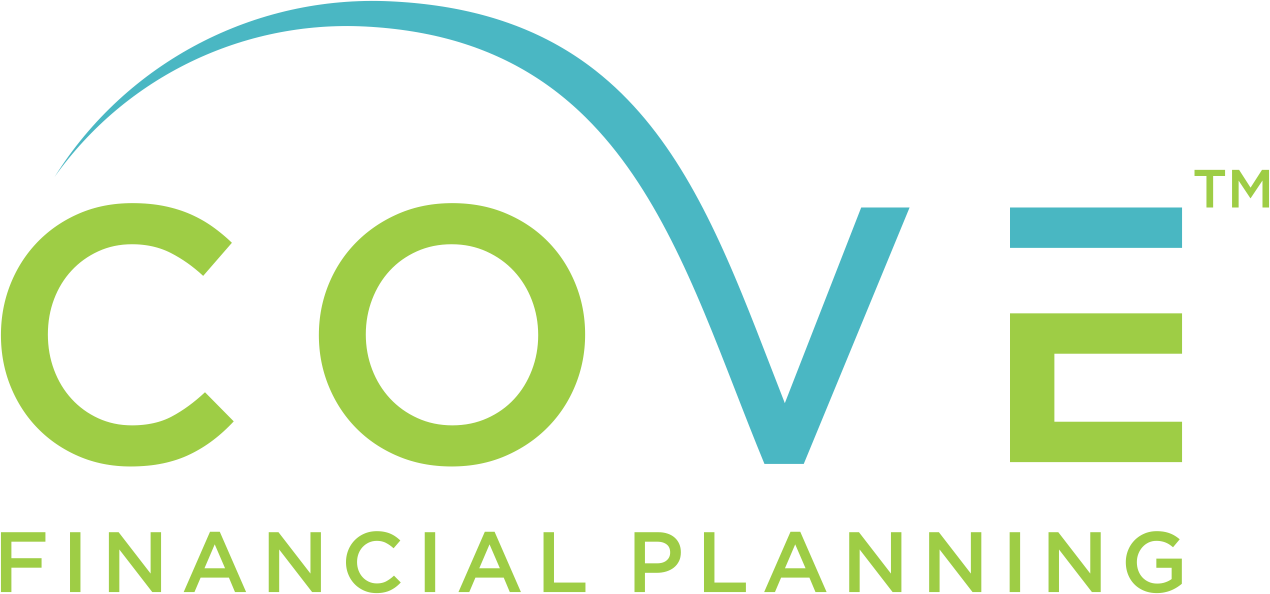How to Prepare for Student-Loan Payments Resuming
Last week, Congress raised the debt ceiling…for the 79th time since 1960.
As part of the agreed upon deal among both sides of the aisle, the pause in student-loan payments is coming to an end.
Beginning in October, borrowers must begin making payments towards their federal student loans after over three years of forbearance following the pandemic onset.
Some borrowers are holding out hope for the debt relief program, a plan by the Biden administration to eliminate $10,000 in federal student-loan debt ($20,000 if you received Pell Grants) for qualified buyers.
The Supreme Court is expected to rule on the debt relief later this summer.
Until then, if you or someone you care about expects to begin making student-loan payments later this summer, it’s prudent to make a few preparations.
Confirm or change your payment plan
If your financial circumstances have changed since 2020, when forbearance began, make sure you understand which payment plan you are on.
The Biden administration announced changes to income-driven repayment plans which offer lower payments for many borrowers and speed up the repayment process.
Specifically, income-driven repayment plans use income and family size to calculate your monthly student-loan payments.
The new plan, the Revised Pay As You Earn (REPAYE) plan, allows borrowers to pay 5% of discretionary income toward undergraduate loans. The new rule would also eliminate debt for borrowers with balances less than $12,000 after 10 years.
Consider using the Education Department’s loan simulator tool to input your info—including income and family size—to calculate your potential monthly loan payments. You can then select between different repayment options and read more about how to move forward.
Incorporate loan payments into your budget now
Even though payments won’t begin until the fall, consider building them into your cash flow now.
Summer will fly by (as it always does), and if you ease into this big-ticket budget item, you’re less likely to feel completely shocked when the first payment comes due.
If your cash flow allows, consider saving the amount of each payment you will be required to make into a high-yield savings account.
Not only will this provide you with liquidity when the payments begin, you will also set the habit of seeing this cash outflow in your budget.
You can make your first few monthly payments from this high-yield savings account or leave your cash reserve intact for emergencies and make your payments using ongoing cash flow.
Do you have questions about your student loans? Reach out to me at Ben@coveplanning.com or schedule a free consultation call.
Sign up for Cove’s Build Your Wealth Newsletter to stay informed with the latest personal finance insights!
Ben Smith is a fee-only financial advisor and CERTIFIED FINANCIAL PLANNER™ (CFP®) Professional with offices in Milwaukee, WI, Evanston, IL and Minneapolis, MN, serving clients virtually across the country. Cove Financial Planning provides comprehensive financial planning and investment management services to individuals and families, regardless of location, with a focus on Socially Responsible Investing (SRI).
Ben acts as a fiduciary for his clients. He does not sell financial products or take commissions. Simply put, he sits on your side of the table and always works in your best interest. Learn more how we can help you Do Well While Doing Good!
Disclaimer: This article is provided for general information and illustration purposes only. Nothing contained in the material constitutes tax advice, a recommendation for purchase or sale of any security, or investment advisory services. I encourage you to consult a financial planner, accountant, and/or legal counsel for advice specific to your situation. Reproduction of this material is prohibited without written permission from Ben Smith, and all rights are reserved. Read the full Disclaimer.


